- 596 Posts
- 110 Comments

 3·6 months ago
3·6 months agoVery doomer. Does lemmy have a “remind me in 7 years” bot? 😅

 7·6 months ago
7·6 months agoWow this is the most depressing comment section I’ve ever seen.

 2·6 months ago
2·6 months agoWhat a strange story this has turned out to be. I really hope the rover makes it to the moon.

 7·7 months ago
7·7 months agoHonestly, yeah. Yesterday’s failure was such a bummer. It’s understandable, but still a bummer. Gotta go orbital to get anything done too. The good news is, even yesterday’s kaboom should only set them back a month or two at most (just my guess).
So clean! I love it when we get landing audio.

 2·7 months ago
2·7 months agoI think I agree with you… to a degree. On one hand something like CLPS has been a questionable use of funds at best, but on the other hand a NASA investment got us the greatest aerospace company in the history of humanity (SpaceX). Maybe it really depends how the program is structured?
All that being said, I’m not sure how Challenger relates to this considering that was a NASA program.

 1·7 months ago
1·7 months agoIt mostly just depends on how you want your desktop to look. They have screenshots of each on their website. Since it sounds like you have a new laptop, power won’t be an issue for you. (If you were trying to run Mint on something with the power of a potato, a lighter DE would be a good idea.) Personally I love how Cinnamon looks and feels. It’s pretty simple, but also modern and customizable.

 1·7 months ago
1·7 months agoThe detail is truly amazing. The mobile-friendly website is also awesome. These guys know what’s up!

 2·8 months ago
2·8 months agoThe strategy has three “co-equal” science themes, said Becky McCauley Rench, program scientist in NASA’s planetary science division and co-lead of the study. One, called “exploring the potential for Martian life,” is focused on looking for any evidence of life on Mars. “Did life ever arise on Mars, and if so, does it exist today?” she said. “If life never developed, why not?”
A second theme, “supporting the human exploration of Mars,” is looking at the “synergistic observations” that could be made with robotic missions ahead of the first crewed missions, including key knowledge gaps to fill. “How can we prepare to maximize that precious human time on the surface and the resources in connection with the export community here on Earth?” she said.
The third theme, called “revealing Mars as a dynamic planetary system,” includes other science topics, with an emphasis on comparative planetology. “We want to learn as much about Mars as we know about Earth,” she said.
To perform the science in those three themes, the plan advocates a regular series of mission, focusing on smaller spacecraft. “This program is looking at changing the paradigm of how we think about Mars missions,” Ianson said. “Every opportunity there is when a launch window opens up, can we send something up?”
Did they upgrade the support tower?

 10·9 months ago
10·9 months agoI’m guessing you’re talking about the election result? That was my first thought as well. However, here’s what the author had to say:
…it seems unlikely that this document—which has been in the works for more than a year—was unduly influenced by Trump’s election. It was prepared by an FAA still under the Biden administration. Rather, the tone of the environmental assessment signals that SpaceX was probably already on a path to complying with federal regulations.

 2·9 months ago
2·9 months agoWorks on Boost for Android!

 3·10 months ago
3·10 months agoI keep thinking that it must have been half a meter and there was a mistake somewhere, but that’s what the source tells us! Insane.

 3·10 months ago
3·10 months agoThat’s so cool!!

 4·10 months ago
4·10 months agoFirst crew dragon launch from SLC40!

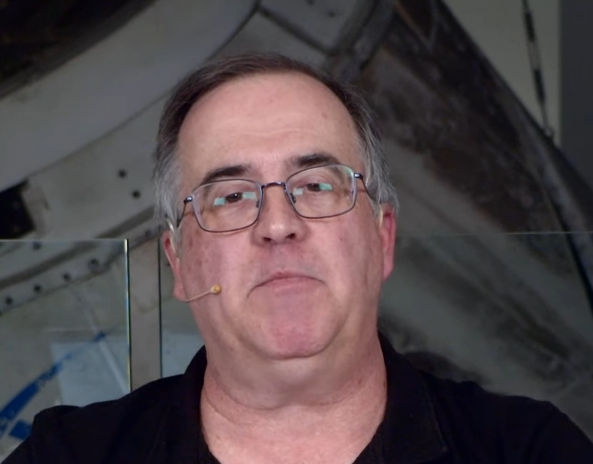 5·11 months ago
5·11 months agoBill Nelson jump scare is so real lol. Can’t wait.

 6·1 year ago
6·1 year agoI LOVE that already there are enough commercial space missions happening that it’s easy to get confused which one is which! The more the merrier imo :)

 5·1 year ago
5·1 year agoThanks for sharing the video! I’m always interested in seeing mainstream coverage of this stuff. However, they really don’t know what they’re talking about. For example, the host says they’re going to higher altitudes than the Apollo program, which is just utterly baloney. Really throws a wrench into the credibility of this news outlet, in my view at least.
As for whether this mission is risky, yes it absolutely is. However, all manned space missions are risky and this one doesn’t really have anything that makes it fundamentally unsafe.
Look, NASA sets objectives to accomplish its missions to the ISS, and they work with the engineers at SpaceX to figure out how to accomplish them as safely as possible. These Polaris missions are fascinating in that the objectives are set jointly between the SpaceX team and a paying customer.
The customer is interested in a few things, but it probably comes down to fame for doing new things. SpaceX is interested in developing the technologies and raising funds to get to Mars. Where their goals overlap is how we get the Polaris missions. I think that’s pretty cool!

 6·1 year ago
6·1 year agoWhile the Korea Aerospace Research Institute (KARI) is responsible for developing the satellite bus, Korea’s Electronics and Telecommunications Research Institute (ETRI) is in charge of the payloads.
SpaceX is just launching the satellites.
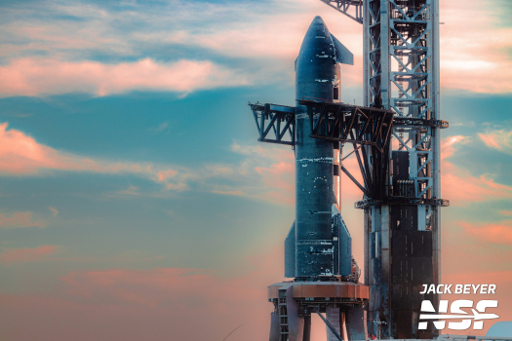





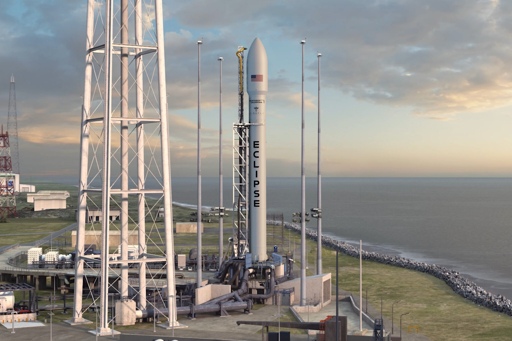


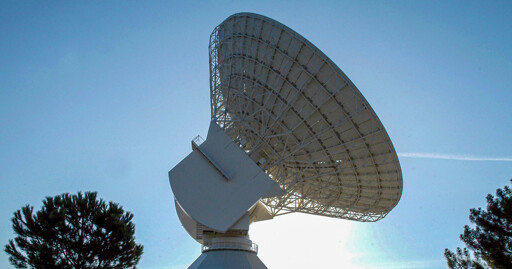


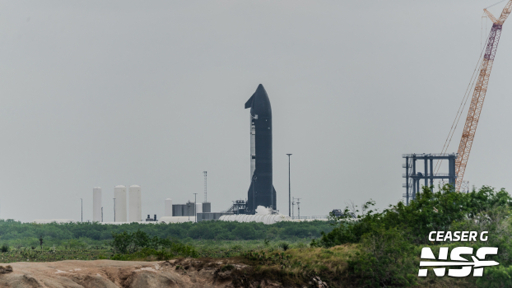
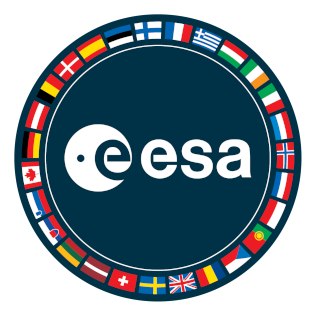
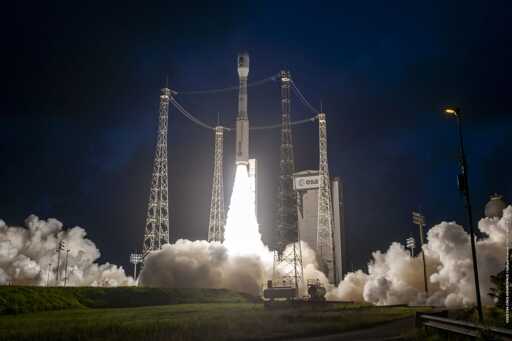


I believe that’s from the ship’s recent really long static fire which lasted almost a minute!